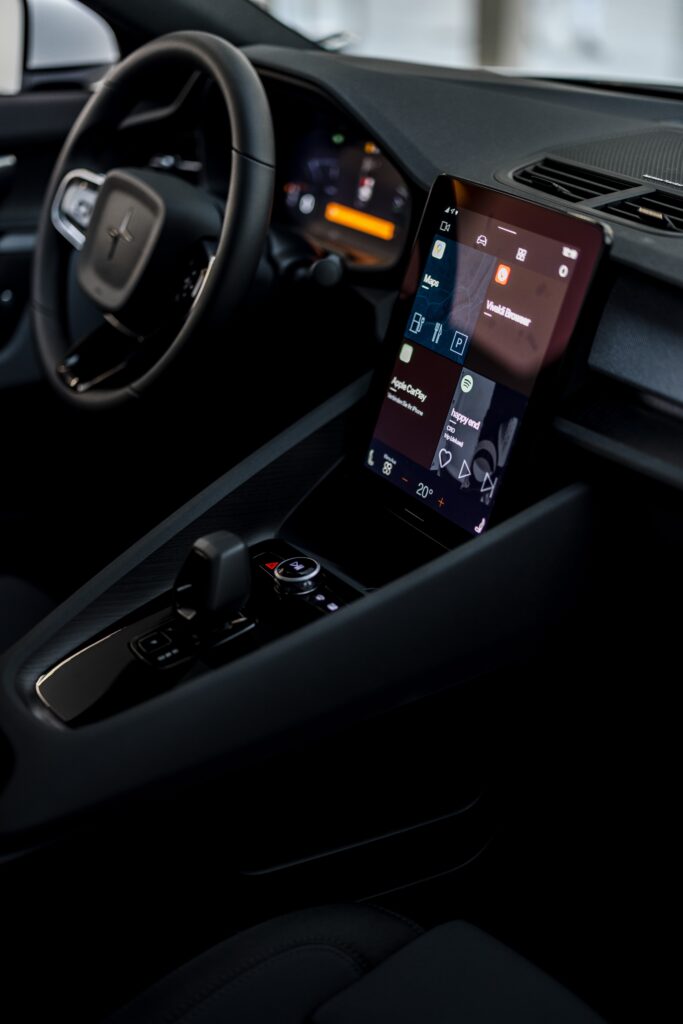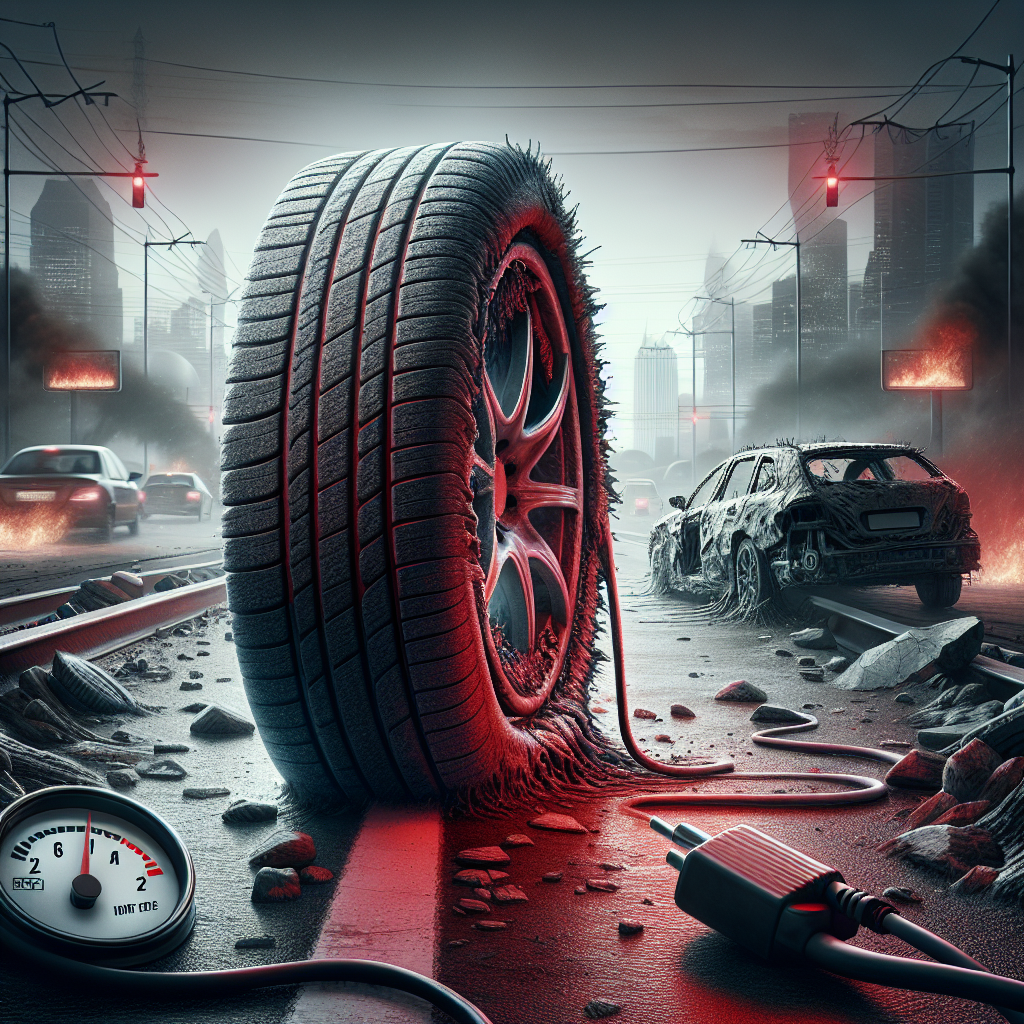Driving with low tire pressure can pose several risks that can compromise your safety on the road. When your tires are not properly inflated, it can affect the overall handling and stability of your vehicle. This can lead to reduced traction, longer stopping distances, and an increased risk of skidding or losing control while driving. Additionally, low tire pressure can cause your tires to overheat, which may result in premature tire wear and potential blowouts. It is essential to regularly check your tire pressure and ensure that it is within the recommended range for the safety of both yourself and others on the road.
Risks of Driving with Low Tire Pressure

1. Reduced Handling and Control
When your tires are underinflated, it can negatively impact your vehicle’s handling and control. Low tire pressure can make your steering feel less responsive, making it more difficult to navigate corners and curves. This lack of control can be particularly dangerous in situations where you need to make sudden maneuvers or avoid obstacles on the road. So, it is crucial to maintain the recommended tire pressure to ensure optimal handling and control of your vehicle.
2. Increased Braking Distance
Another risk of driving with low tire pressure is an increased braking distance. Underinflated tires have a smaller contact patch with the road, meaning there is less traction available to help your vehicle come to a stop quickly. This can result in a longer braking distance, making it challenging to react to unexpected hazards or to stop in time to avoid a collision. Maintaining proper tire pressure enhances your vehicle’s braking performance and reduces the risk of accidents.
3. Decreased Fuel Efficiency
Did you know that driving with low tire pressure can impact your fuel efficiency? When your tires are underinflated, they tend to create more rolling resistance, causing your engine to work harder to propel the vehicle forward. This extra effort put on the engine, in turn, leads to increased fuel consumption. By maintaining the correct tire pressure, you can optimize your vehicle’s fuel efficiency and save money on gas in the long run.
4. Uneven Tire Wear
When your tires are not properly inflated, they wear out unevenly. Underinflation can cause the outer edges of the tire to wear faster than the center, leading to uneven tire wear. This can result in the need for premature tire replacements. Additionally, uneven tire wear can lead to imbalances in your vehicle’s suspension, leading to poor handling and increased risk of accidents. Regularly checking and maintaining the correct tire pressure can help promote even tire wear, extending the lifespan of your tires.

5. Increased Risk of Tire Blowout
One of the most significant risks associated with driving with low tire pressure is an increased chance of a tire blowout. Underinflated tires generate more heat as they flex excessively while rolling, which can weaken the tire’s structure. This heat buildup, combined with increased friction, can cause the tire to fail suddenly and unexpectedly, resulting in a blowout. Tire blowouts can be extremely dangerous, especially at high speeds, as they can lead to a loss of control and potentially cause a severe accident. Maintaining proper tire pressure significantly reduces the risk of tire blowouts and helps ensure your safety on the road.
6. Damage to the Wheel Rim
Driving with low tire pressure can also damage your wheel rims. When the tire is not adequately inflated, it is more prone to deformities and bulges, which can put excessive stress on the rim. This increased stress can cause the wheel rim to bend or crack, resulting in costly repairs or even the need for a replacement. By keeping your tires properly inflated, you can help prevent damage to your wheel rims and save yourself from unnecessary expenses.

7. Increased Risk of Hydroplaning
Hydroplaning occurs when a layer of water builds up between the tires and the road, causing the tires to lose contact with the surface. This loss of contact reduces your ability to steer or brake effectively, making it extremely dangerous. Low tire pressure can exacerbate the risk of hydroplaning as the reduced surface area of the tire creates less resistance against the water. By maintaining adequate tire pressure, you can enhance your tires’ ability to displace water and reduce the likelihood of hydroplaning.
8. Impaired Traction on Wet or Slippery Surfaces
In addition to hydroplaning, low tire pressure can impair your vehicle’s traction on wet or slippery surfaces. Traction is crucial for maintaining control and stability while driving. Underinflated tires have less grip due to their reduced contact patch, making it easier for them to lose traction on slippery roads. This can lead to skidding or sliding, increasing the risk of accidents. By regularly checking and adjusting your tire pressure, you can ensure optimal traction and improve your overall safety on wet or slippery surfaces.

9. Difficulty Maintaining Stability and Balance
Driving with low tire pressure can also make it challenging to maintain stability and balance on the road. Underinflated tires can create a wobbly and unstable driving experience, causing your vehicle to sway or drift while driving. This lack of stability increases the difficulty of keeping your vehicle in a straight line and can result in unsafe driving conditions. Properly inflated tires provide the necessary stability and balance, allowing for a smoother and safer driving experience.
10. Increased Likelihood of Accidents
Ultimately, all the risks mentioned above can contribute to an increased likelihood of accidents. From reduced handling and control to impaired braking distance and traction, each factor plays a role in compromising your overall safety on the road. Additionally, the risk of tire blowouts and hydroplaning can lead to sudden and unexpected situations, making accidents even more probable. It is essential to prioritize the maintenance of proper tire pressure to ensure your safety and the safety of others while driving.
In conclusion, driving with low tire pressure poses several risks that can compromise your safety on the road. From reduced handling and control to increased braking distance and the risk of accidents, it is crucial to maintain the recommended tire pressure. Regularly checking and adjusting your tire pressure can help mitigate these risks while improving fuel efficiency, tire wear, and overall vehicle performance. By taking care of your tires, you can enjoy a safer and more comfortable driving experience. Remember, your tires are the only contact point between your vehicle and the road, so always prioritize their maintenance for a secure journey. Stay safe, and happy driving!


